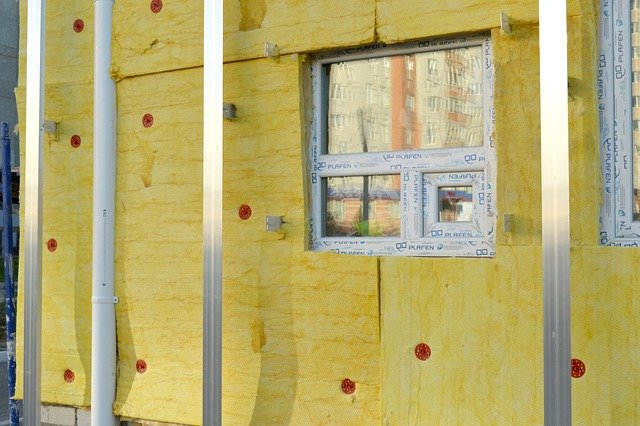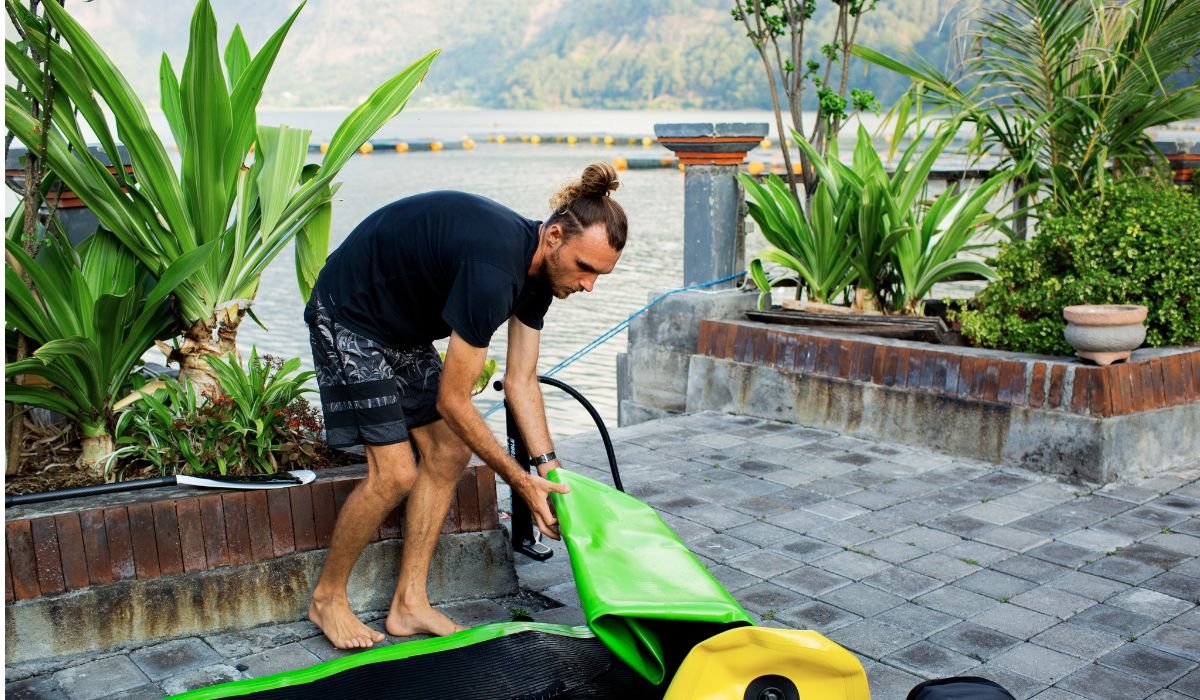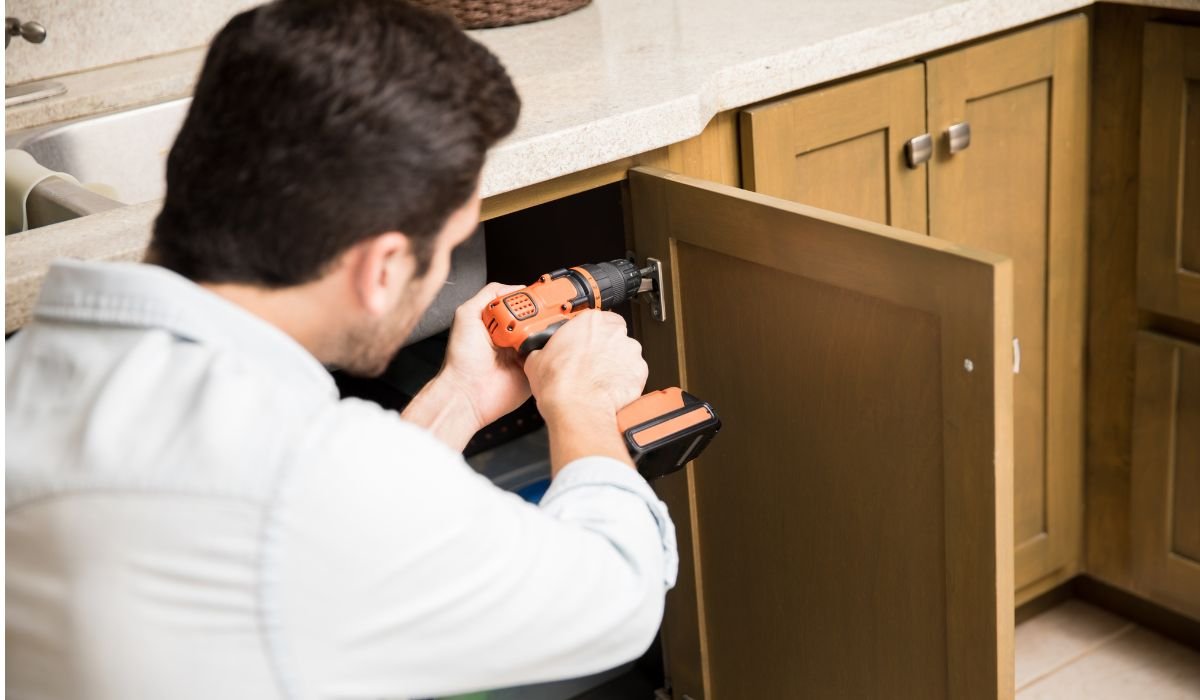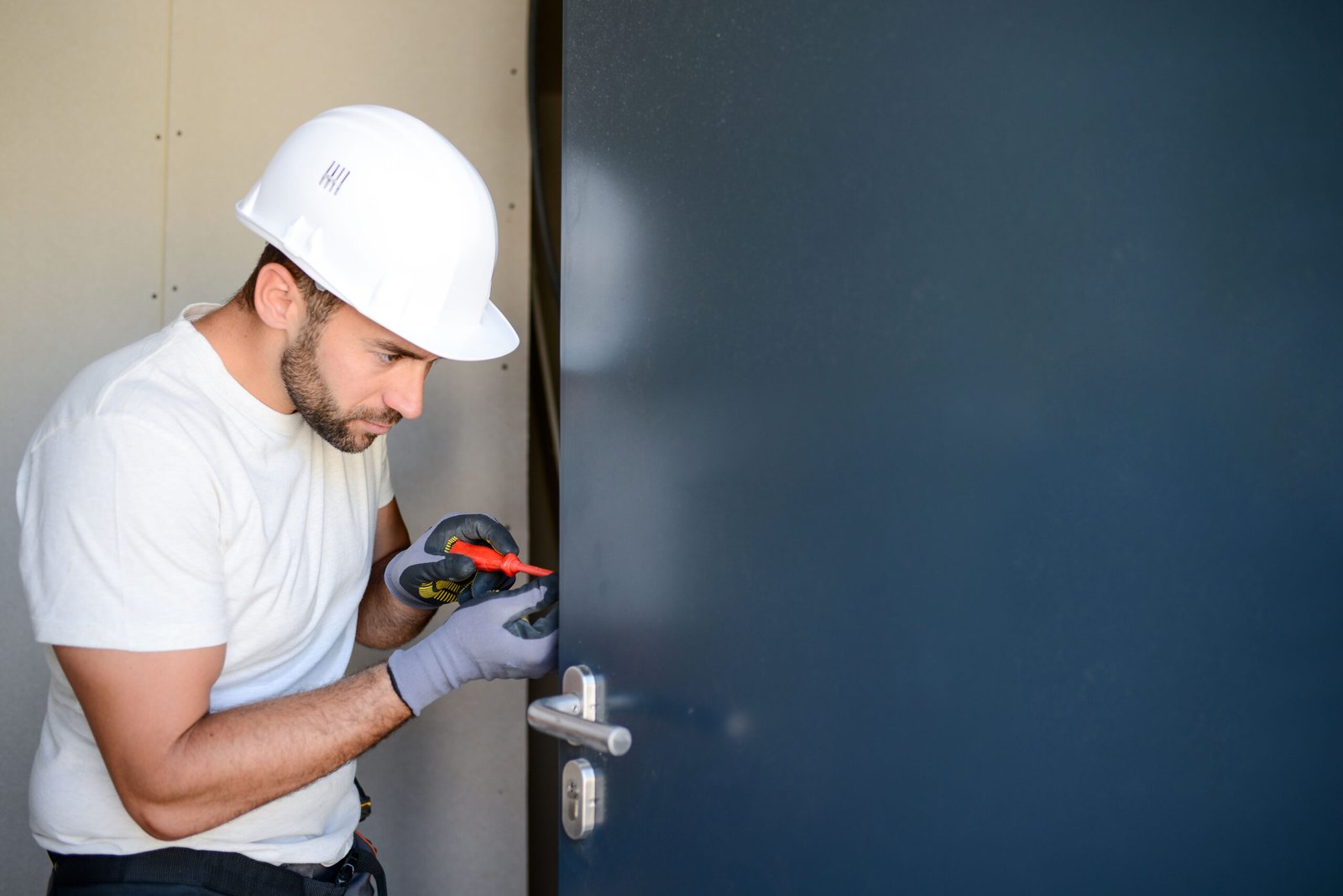When it comes to maintaining a commercial building, managing operational costs is crucial. One often overlooked but highly effective solution is investing in wall and roof insulation. Proper insulation systems can significantly reduce heating and cooling costs, increase employee comfort, and even extend the lifespan of your HVAC systems. In this article, we’ll explore how wall and roof insulation can save your business money in the long run and why it’s a smart investment.
Understanding Wall and Roof Insulation
Before diving into the financial benefits, let’s first understand what wall and roof insulation are and how they work. Insulation is a material used to prevent the transfer of heat between the interior of a building and the outside environment. When installed in the walls and roof, insulation helps keep the indoor temperature consistent, whether it’s summer or winter.
There are various types of insulation materials used in commercial buildings, including fiberglass, foam board, spray foam, and cellulose. Each type offers different benefits depending on the building’s needs, but all work to reduce energy loss and improve efficiency.
The key to effective insulation is ensuring the entire building is properly insulated, from the walls to the roof, as temperature regulation starts from every surface. An insulated building is less reliant on HVAC systems to maintain comfortable temperatures, leading to significant energy savings.
Energy Efficiency and Reduced Utility Bills
One of the most direct ways that insulation saves money for businesses is through reduced energy consumption. Commercial buildings often have large spaces with high energy demands, especially in climates where heating and cooling are required year-round. Wall and roof insulation play a critical role in reducing the energy needed to heat or cool a building.
Insulation helps maintain a stable indoor temperature, reducing the load on heating and cooling systems. In the winter, it prevents warm air from escaping, and in the summer, it blocks heat from entering. This means HVAC systems don’t need to work as hard, leading to lower energy bills.
According to the U.S. Department of Energy, businesses can save up to 10% on energy bills by properly insulating walls and roofs. For large commercial buildings, these savings can add up quickly, especially when energy prices are on the rise. The investment in insulation often pays for itself within a few years.
For example, a commercial building with proper wall and roof insulation may see a reduction in energy costs by as much as 20-30%. This means lower monthly utility bills, helping businesses keep operational expenses in check.
Improved Comfort and Productivity
Energy efficiency is not the only way insulation contributes to cost savings. Insulated commercial spaces are also more comfortable to work in, which can translate into increased productivity and lower employee turnover.
When a building lacks proper insulation, temperature fluctuations are common. Employees may experience discomfort due to excessive heat or cold, affecting their focus and productivity. In contrast, insulation ensures that the temperature remains consistent throughout the day, regardless of external weather conditions.
A comfortable work environment boosts employee morale, reduces absenteeism, and encourages employees to be more productive. Studies have shown that workers in well-insulated spaces are less likely to suffer from fatigue, illness, or discomfort, all of which can impact a company’s bottom line. By investing in insulation, you’re not just saving on energy costs; you’re also fostering a better workplace environment that leads to better performance.
Proper insulation helps create a more sustainable and cost-effective business operation, offering immediate and ongoing savings that can add up over time. If you’re considering improving the energy efficiency of your commercial building, Visit Quiktherm for commercial insulation solutions and discover how insulation can save your business money today.
Extended HVAC System Lifespan
Another financial advantage of proper wall and roof insulation is the reduction in wear and tear on HVAC systems. Heating and cooling units are expensive to install, maintain, and replace. When HVAC systems are constantly running to combat temperature fluctuations caused by poor insulation, they tend to wear out faster, requiring frequent repairs or replacement.
By insulating your walls and roof, the need for constant heating and cooling is reduced, meaning your HVAC system will last longer and require less maintenance. This can save thousands of dollars in repair costs and the need for premature system replacements.
A well-insulated building also reduces the frequency of HVAC system malfunctions, further reducing repair and maintenance costs. Over time, the savings from fewer repairs and longer HVAC lifespans will far exceed the initial cost of installing insulation.
Tax Incentives and Rebates
In addition to the immediate savings on energy bills and maintenance costs, businesses can also take advantage of tax incentives and rebates that are often offered for energy-efficient upgrades. Many local and federal programs provide financial incentives for businesses that install insulation systems that improve energy efficiency.
These programs vary depending on location and building type but often include direct rebates, tax credits, or deductions for the cost of insulation installation. These incentives can help offset the upfront investment, making the switch to an insulated building even more financially attractive.
For example, businesses that invest in energy-efficient insulation may qualify for rebates through programs such as the Energy Efficiency and Conservation Block Grant or other local government initiatives. These programs encourage businesses to adopt greener building practices by offering financial assistance, making the initial cost of insulation more manageable.
Long-Term Savings and Return on Investment
The financial benefits of insulation extend far beyond the first few months after installation. Proper insulation offers long-term savings, with many business owners seeing a return on investment (ROI) within 3 to 5 years. The cost of insulation installation is typically recouped through energy savings, maintenance reduction, and tax incentives.
The key to long-term savings is that insulation continues to work year after year, reducing heating and cooling costs without requiring additional input. In fact, studies show that businesses can save up to 50% on energy costs over 10 years simply by installing high-quality insulation. Over time, the money saved on utility bills and HVAC maintenance will continue to add up, providing a substantial ROI.
Additionally, the benefits of insulation aren’t limited to the savings on energy and maintenance. The enhanced comfort and improved employee productivity can further contribute to a positive impact on your bottom line, making insulation a smart long-term investment.
Conclusion
When you invest in wall and roof insulation, you’re not only improving the energy efficiency of your commercial building, you’re also investing in long-term savings and enhanced comfort. From reducing energy bills to extending HVAC lifespans and improving employee productivity, the financial benefits are clear.
In conclusion, insulation is more than just a way to keep your building comfortable. It’s a powerful tool for reducing operating costs, improving workplace productivity, and ensuring long-term savings. Don’t wait, invest in wall and roof insulation now to start reaping the rewards for years to come.











